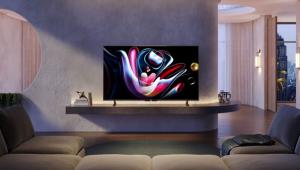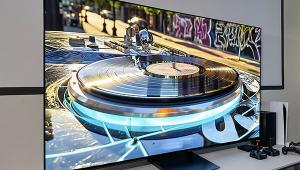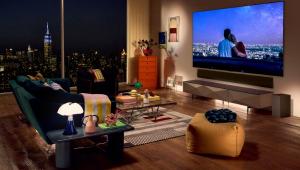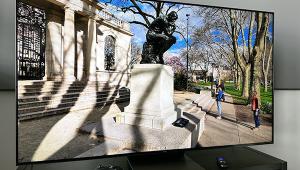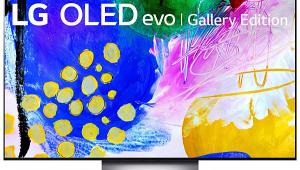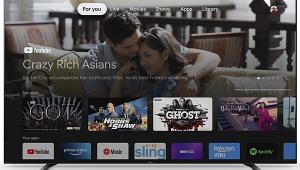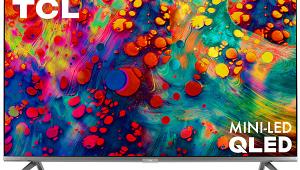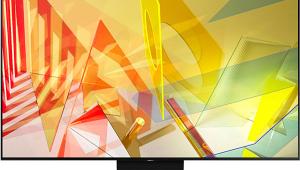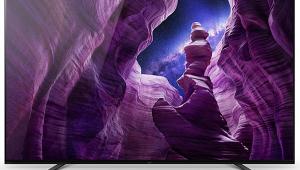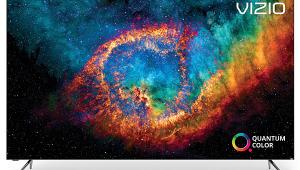LG 65UF9500 LCD Ultra HDTV Review Test Bench
Measurements were taken with a DVDO AVLab TPG 4K generator, AVFoundry VideoForge generator, X-Rite i1Pro2 Enhanced spectroradiometer, and Klein K10-A colorimeter, together with SpectraCal CalMAN 5 calibration software.
Full-On/Full-Off Contrast Ratio: 17,500:1
Pre-calibration measurements were of the ISF Expert 1 preset with default settings. Post-calibration, with the LED Local Dimming set to High, black level measured 0.0026 foot-lamberts and peak brightness measured 44.6 ft-L, for a contrast ratio of 17,161:1. (The LG’s local dimming scheme takes the LED backlight to full off [infinite contrast] when presented with a 100% black test pattern, but there’s a delay of several seconds before it begins to react, which allowed for a reliable measurement.)
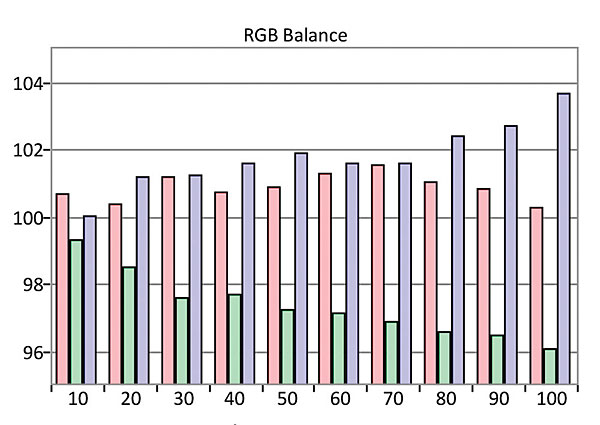
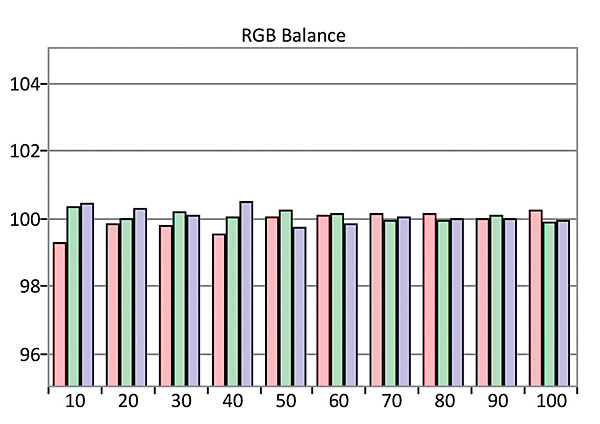
Average Delta E for pre-cal grayscale was 3.10 overall, but the numbers grew progressively worse as brightness increased, with everything above 50 IRE (50% brightness) hitting higher than that average. Calibration with the set’s 20-point white balance controls improved this to a spot-on 0.53, with the worst offender being the 60-IRE window at 1.4. (Delta E is a figure of merit that indicates how closely a display adheres to the Rec. 709 HD color standard. Levels below 3 are considered visibly indistinguishable from perfect.)
Delta E for pre-cal color gamut in the Rec. 709 Standard setting averaged 2.08, with errors well below visibly distinguishable levels. Calibration with the CMS was able to bring this in a bit numerically, but it resulted in overdriving red to where artifacts became visible, and I opted instead to use the default settings.
Pre-calibration gamma averaged 2.17 with the 2.2 preset engaged. Calibration resulted in an average gamma of 2.24 on the same preset.

Viewing angle was among the best I’ve seen for an LCD, due to use of an IPS (in-plane switching) panel type. There was no fading of contrast or color-shifting visible at virtually any position in my room, short of standing in line with and alongside the screen. Some streaking or blotchiness of the backlight was occasionally visible on dark material or in letterbox bars, depending on the content of the scene and the proximity of bright objects to the bars. And a noticeable halo was visible around the screensaver on my Oppo Blu-ray player, a ping-ponging white Oppo logo that bounces around a black background. To be fair, this is an LED backlight torture test, and most sets will show some haloing around a bright object such as this one; however, emissive display technologies like plasma and OLED show virtually none, and the best LCD sets we’ve seen do a better job, though at higher cost.
The 65UF9500 passed our processing tests except for the chroma resolution test using 1080i and 1080p signals; it had no problems when presented with the same disc-based test pattern already scaled to 4K by my Oppo player. This is a fairly common fail and was never visible in any program material.—RS


